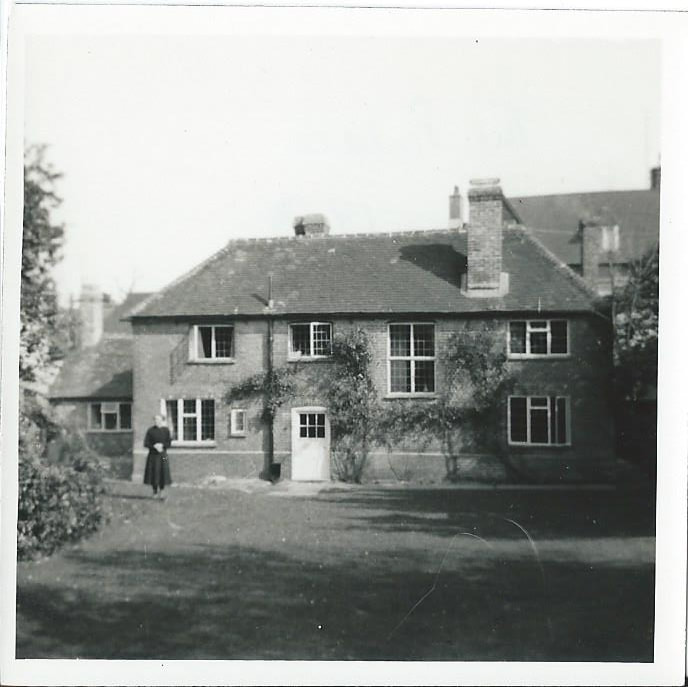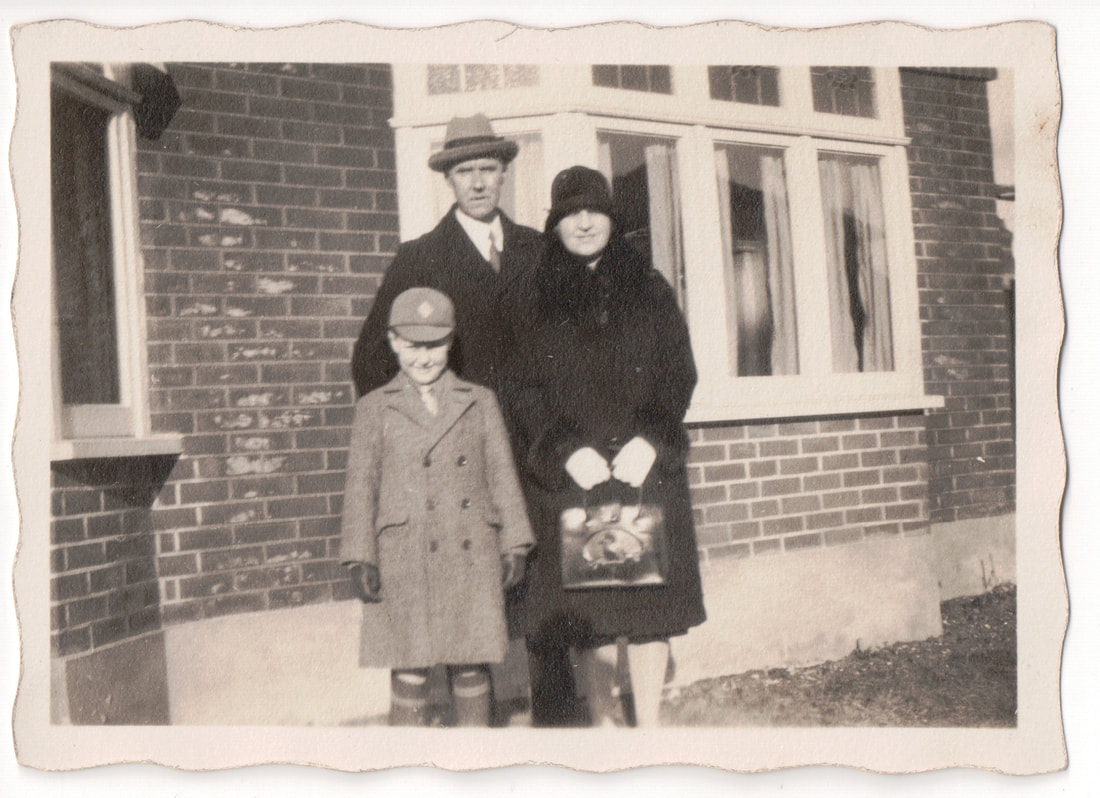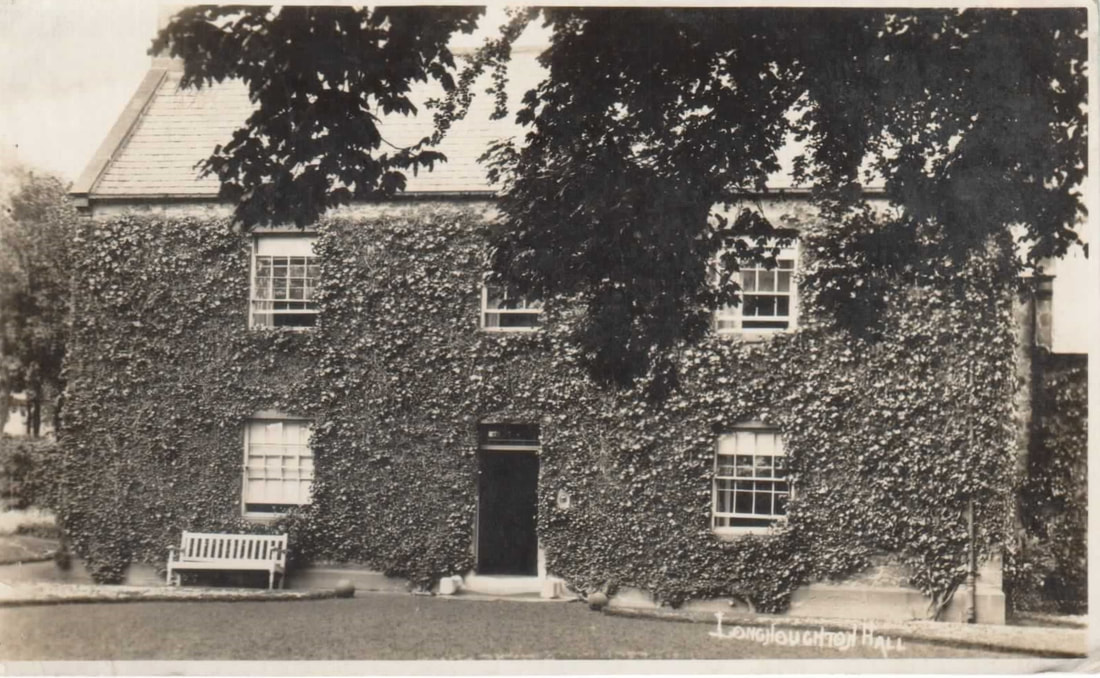How to begin a house history
- As mentioned and demonstrated above – talk to former inhabitants.
- Look at the census – study the census page carefully for details. Are many people dwelling in one house? Are there live-in servants? What are the ages and occupations of the inhabitants? What do the birth places tell you about the community – are they people who have moved for work, perhaps, or established networks of families who have long lived in that place? The Victorian era is famed for its building works – are there dwellings in the process of being built? Why might the street have been so named?
- Look at old maps. It’s useful, just as with family history, to work backwards in time. Road names and layouts do evolve over time, and you’ll find it easier to orientate yourself if you start with the present, note some landmarks (such as the parish church, or a bend in the river), and then track down as many maps as you can – every few decades – until you reach the time period you’re interested in. (www.oldmapsonline.org is an excellent hub of map resources with maps from all over the globe).
The House History Show
Any queries – please email Helen Tovey at Family Tree.




 RSS Feed
RSS Feed
